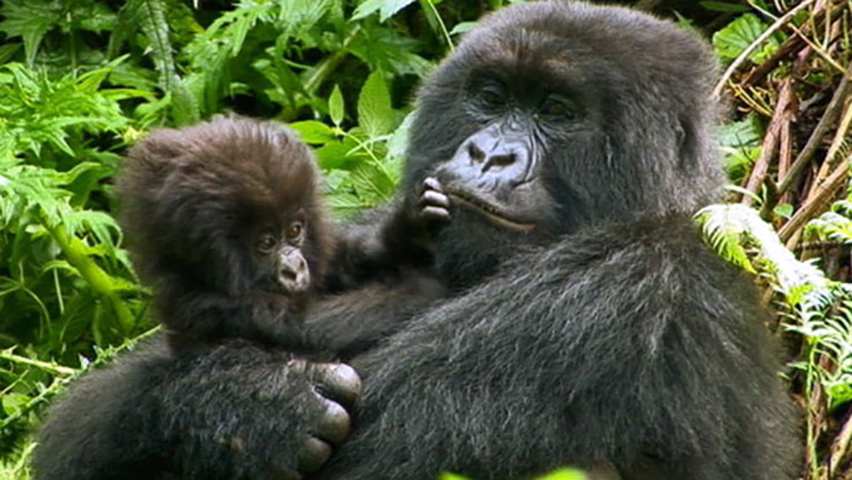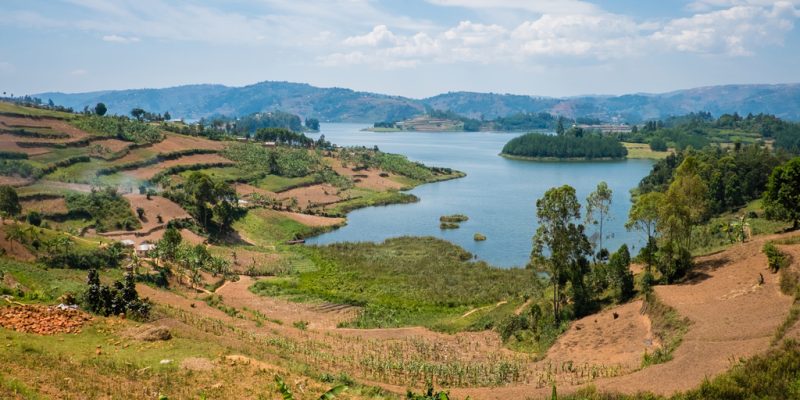The majority of the national ecoregions in the country are under protected, in particular wetlands which are recognized as sanctuaries of rich biological diversity. An ecological gap analysis for Rwanda has been identifying new sites to be designated as protected areas. Akagera National Park is managed through a public-private partnership with African Parks.
Transboundary protected and conserved areas
Rwanda includes part of three transboundary conservation areas, namely Greater Virunga Landscape, Kagera TFCA, and Nyungwe-Kibira.
Policy context
A comprehensive report on legislation and policy related to protected area management, governance, and equity was undertaken by the BIOPAMA programme. It identified 47 relevant laws and policies in Rwanda (Tessema, 2019) .
Key species
Outside of protected areas biodiversity is highly threatened due to high human populations and the associated pressures on natural resources. Within the protected areas, including national parks and forests, biodiversity is well-protected, and represents a diverse set of ecosystems. Rwanda is home to the mountain gorilla (Gorilla beringei beringei), a population shared with the DRC and Uganda that has shown exhibited a significant increase in population size. Following an intensive restoration effort, Akagera National Park is also home to the ‘big five’. Rwanda’s bird diversity is very rich, particularly as there are so many diverse habitats across the country. Freshwater systems are also home to a diversity of fish species, including some endemics.
Pressures and threats
The threats to biodiversity in Rwanda include: poaching and other illegal activities; fires; alien invasive species; deforestation; mining; illegal grazing; damming; dropping water levels; unsustainable fishing; lack of connectivity; unsustainable tourism use and infrastructure development; wetlands encroachment; and pollution. Rwanda has a very high human population density, which puts increasing pressure on available natural resources.

 Protected Areas
Protected Areas

.jpg)



